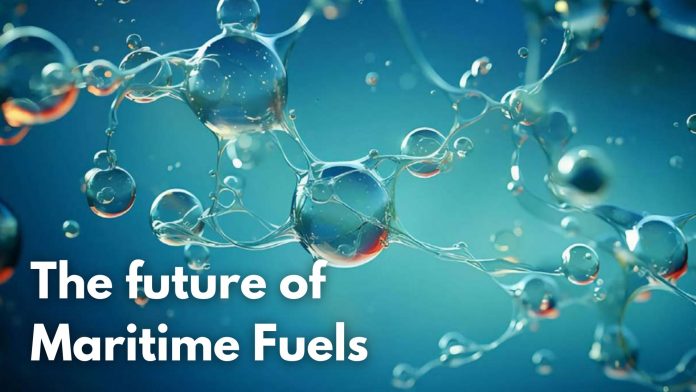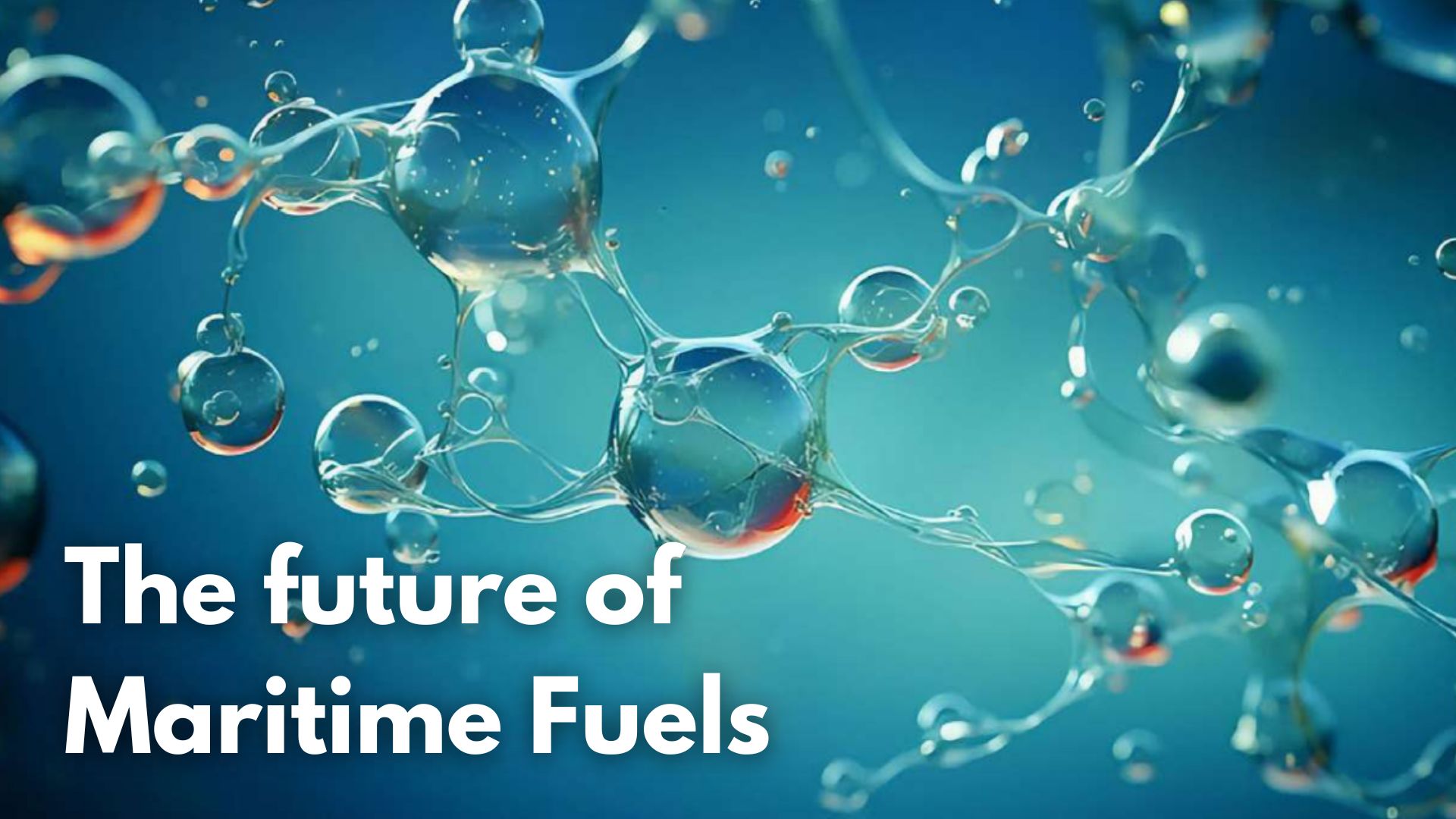
(www.MaritimeCyprus.com) The recent IMO MEPC 80 has set new greenhouse gas (GHG) emissions reduction goals for the shipping industry. This will lead the sector to switch from conventional fuels to zero or near-zero GHG fuels by 2050. There is already a wide range of fuel projections that explore a decarbonised shipping industry based on different sets of assumptions. This report presents a comprehensive analysis of current projections, identifying areas of current consensus and dissensus. It puts fuel uptake projections into a broader perspective, taking into account the expected supply and other sectors’ demands. The conclusions provide implications for the industry and areas for further exploration.
Key findings:
Current fuel mix projections fall into two broad categories:
- Hydrogen-based fuels scenarios – in which hydrogen-based fuels have a greater share by 2050.
- Biofuels-based fuels scenarios – in which biofuels have a greater share by 2050.
The review of the existing scenarios reveals the promising potential of both bio-based fuels and hydrogen-based fuels according to the existing literature. However, the most promising fuel faces distinct opportunities and challenges that require careful attention for successful adoption.
This examination of the key projections within these two categories of scenarios uncovers the following:
Among hydrogen-based fuels scenarios:
- Combined blue and e-ammonia capture between 20% and 60% of the market by 2050 with an average share of 46%.
- E-ammonia emerges as the most highly adopted maritime fuel in the long term – on average the market share of e-ammonia is 35% in 2050. However, there is a large variation across the scenarios because of the different assumptions on future prices and the ability to scale fuel infrastructure at the required pace. Most of the scenarios provide a range between 20% and 50% of the market, while the most optimistic outlier scenario projects a market share for e-ammonia of approximately 80% by 2050.
- The average shares translate into considerable energy demands. For example, total
consumption of blue and e-ammonia increases on average from 0.79 EJ in 2030 to 6.06 EJ in 2050, making the shipping industry the largest user of ammonia relative to other sectors (such as fertiliser and power generation). Current global ammonia production is 3.4 EJ, although this is primarily for the fertiliser market and derived from fossil fuels. - As an order of magnitude, the hydrogen required to supply ammonia for the shipping industry could represent 3.7%-7 % of the expected total global hydrogen demand in 2030 and reach up to 8.3%-17.5 % in 2050. While there is little concern about the technical potential to produce hydrogen given the abundance of renewable energy sources (technical potential for hydrogen supply estimated to be 10,000 EJ), one of the key supply challenges is the ability to scale production at the required pace. Demand for clean hydrogen is still low across all sectors and if expected demands materialise at the same time, there could be potential competition among sectors.
- If the shipping industry becomes the largest user of clean ammonia, it will need to drive most of the development for the supply infrastructure and show leadership in securing the adequate scaling of the supply.
Among bio-based fuels scenarios:
- Bio and renewable diesel, as well as liquefied biomethane, emerge as the most highly adopted maritime fuels in the long term.
- Liquefied biomethane is projected to capture on average 34% market share by 2050. However, there is a large variation across the scenarios because of the different assumptions on future prices and the supply limit. Most of the scenarios provide a range between 27% and 46% of the market, while the most optimistic outlier scenario projects a market share for liquefied biomethane of approximately 50% by 2050. This indicates consensus that it will be insufficient to supply the total shipping demand given the limit of the energy sources to produce biomethane.
- The average shares of liquefied biomethane translate into considerable energy demands. For example, it increases from 0.5 EJ in 2030 to 4.58 EJ in 2050. However, the expected supply of biomethane for shipping (varying between 0.3 and 2 EJ) will fall short. This means that either the estimated demand is too high or that shipping will have an even bigger share of the global biomethane market than is currently expected. The latter case implies that other sectors will consume less than expected and/or that more supply needs to be ensured to meet shipping’s increasing demand.
- The role of the shipping industry in driving the global biomethane market dynamics could become crucial, although it is unlikely that biomethane can become a dominant maritime fuel.
Across both categories:
- Methanol is projected to have a much lower market share than ammonia and biomethane, which is at odds with the current increasing ordering of dual-fuel methanol vessels.
- Combined bio and e-methanol capture on average a market share of 13.4% of total shipping fuel by 2050.
- Biomethanol is projected to have a higher uptake (8.6% share by 2050) than e-methanol (4.8% share by 2050) on average, However, the most optimistic outlier scenario projects a market share for biomethanol of 43% by 2050.
- The average shares translate into lower energy demands compared to ammonia and liquefied biomethane. For example, bio and e-methanol combined are projected to increase up to 1.8 EJ in 2050, compared to 6.06 EJ of ammonia and 4.58 EJ for liquefied biomethane.
- The expected supply of both bio and e-methanol should be able to meet the expected demand. However, this is because the demand estimates from these scenarios are relatively low.
- If the current trend towards ordering methanol vessels continues, methanol uptake could be up to 43% of total shipping fuel consumption, as projected in some outlier scenarios. This corresponds to more than 6 EJ by 2050. The expected global supply of methanol, about 7.7 EJ, would then need to scale significantly further to meet total demand across all sectors. If the shipping industry becomes a major user of methanol, the industry will need to drive and show leadership in the development of economically viable biomethanol and e-methanol options.
For complete details, click below image to download the full report by LR:
Source: LR















